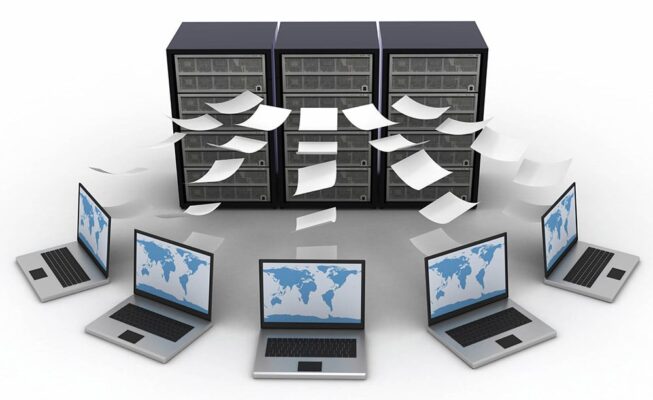Backup And Recovery: Two Sides Of A Very Important Coin
Contents
It seems specific terms often become confused for meaning the same thing, particularly in the world of I.T. Two particular terms (data backup and disaster recovery) frequently become misinterpreted as being identical. They really aren’t, though you can’t have one without the other in your business.
While you may know data backup is essential to keep your files safe, you may not fully understand what disaster recovery is. As many technology analysts point out, not knowing could potentially put you in danger when something happens to your data.
Basically, data backup is the simple act of backing up your data files on a digital source, including in the cloud. Disaster recovery has similarities, though works on a larger scale. Recovery is a process by which your backup is called into service to get your business back up and running.
However, there’s more to consider here for both. Here’s a detailed look at data backup and disaster recovery — two sides of a very important coin.
Understanding the Term “Disaster”
The term “disaster recovery” sometimes brings misconceptions.
Some equate disasters with hurricanes, earthquakes, or floods. Actually, having a disaster can mean something smaller and perhaps occurring from within your company. From the inside, it’s maybe a network crash preventing your employees from being able to work.
Other times it’s man-made disasters like internal sabotage, or a hacking event where critical customer data becomes compromised.
Going back to data backup, what are the best backup methods to help make your disaster recovery plan all the more effective?
Finding the Right Backup Sources
One major thing differentiating data backup from disaster recovery is that the former saves data every day (or maybe hourly) for data retention at a specific location. Disaster recovery involves calculating recovery time objective (or RTO), which determines how long your business can realistically run without your technology.
It’s essential to choose the right type of data backup so your RTO isn’t one taking hours or days. You have a lot of choices ranging from USB sticks to the cloud. With the cloud, you have particular advantages because it’s frequently scalable, allowing you to place more data there as you grow. Plus, it’s accessible 24/7, meaning you can restore your data during disastrous moments without long wait times.
Despite needing continual monitoring for security, quality cloud providers give you one of the best backup methods for a growing business.
Best Practices for Data Backup and Disaster Recovery
One of the most significant best practices for data backup is using automation so you don’t have to worry about backing up manually. Regardless, you need to add monitoring to the process so you’re assured things are actually being saved at all times.
By maintaining backup logs, you’ll determine if errors occurred rather than assuming everything backed up smoothly.
For disaster recovery, it’s essential to do testing to assure the recovery process you’ll use actually works when you need it to. Do annual or biannual restore testing to make sure your procedures actually work.
Kelley Create uses state-of-the-art image-based backup and automation strategies. We guarantee reliable backup and data restoration, monitoring the backup job status for each client, confirming a successful and current backup image is available at all times.
Contact us to develop a proper data backup and disaster recovery plan that works for your business structure.



